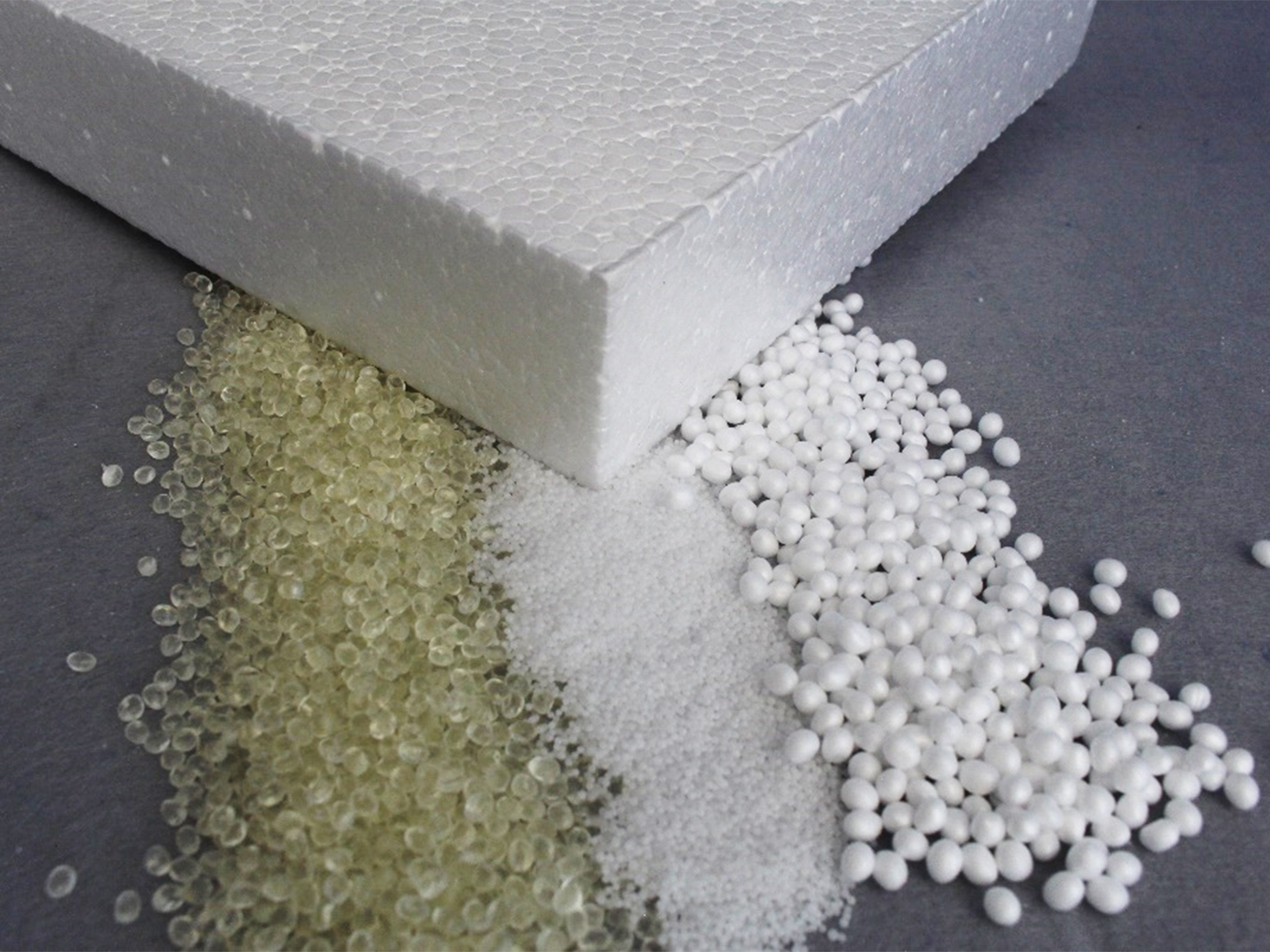Sustainable foams with good flame retardancy
Newsletter 03/2021
Particle foams are widely used in the insulation sector and the packaging industry today. Polystyrene is predominantly used in this process. However, alternative more sustainable solutions do not meet today’s flame retardant requirements. CCPE researchers at the Fraunhofer Institutes ICT and LBF are investigating whether sustainable particle foams exist at all.
Particle foams – a class of materials we don’t usually think much about in everyday life. We use particle foam products every day as packaging materials, as insulation on our house facades, as impact protection in our vehicles and as soles in sports shoes. Plastics derived from petroleum are often used, e.g. polystyrene particle foam (known as Styrofoam) or foams made of polypropylene. The functions of particle foams are clear: insulate, cushion and be lightweight.
They fulfill tasks that are also particularly important for the sustainable development of our society and our daily lives. Without proper thermal insulation, a lot of energy is lost. Without lightweight construction, vehicles become heavy and emit significantly more CO2. At the same time, flame retardancy plays a major role in such applications.
Since the materials used are made from non-renewable and CO2-intensive resources, new approaches are now being pursued to find sustainable, preferably bio-based solutions in these areas. Flame retardancy is the bottleneck in development, as petro-based materials have been on the market for much longer and therefore well-performing flame retardant solutions are already available for these non-sustainable materials.
Various PLA grades were processed into particle foams by extrusion, then moulded and the components tested for their flame-retardant properties. Different test methods were used in the process. Tests were carried out according to the standards DIN 4102-1 B2 and DIN EN ISO 4589-2 (LOI, “Limited Oxygen Test”).
The results surprisingly showed that even without added flame retardant additives, most of the investigated PLA grades in the foam component passed the conducted flame retardant tests. This qualifies them for use in many different applications. Although the foams for specific applications (e.g. in the construction sector or the automotive sector) still have to undergo specific tests, it is expected that they can achieve good test results with suitable flame-retardants and possibly even without additional additives.
CCPE researchers identified PLA as a good alternative to conventional petro-based materials as a base for particle foams. In the future, their application can make an important contribution to the transformation to a sustainable circular economy.
Contact persons:
Robert Schmidt (robert.schmidt@ict.fraunhofer.de, Phone +49 721 4640-862)
Dr. Carl-Christoph Höhne (carl-christoph.hoehne@ict.fraunhofer.de, Phone +49 721 4640-310)
